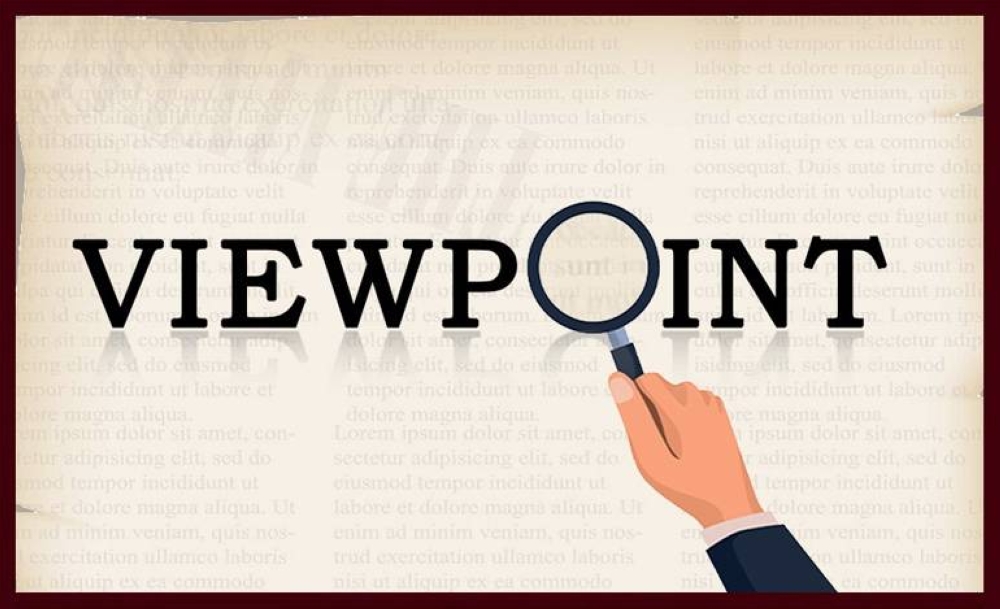The US is perilously close to a once-unthinkable eventuality: An unprecedented default that could come in as few as 15 days.
The very phrase “debt ceiling” sounds austere and restrictive, as if it’s a lid on government spending. In fact, this cap on US government borrowing affects only the ability to pay existing bills, not to approve more spending.
The issue still has the potential to roil financial markets, since a failure to raise the ceiling could eventually result in a first-ever default on some of the government’s obligations.
With Treasury Secretary Janet Yellen warning of “an economic and financial catastrophe that will be of our own making,” the debt ceiling has become a subject of political brinkmanship.
President Joe Biden has even considered invoking the US Constitution’s 14th Amendment — which guarantees the validity of public debt — as a way to solve the issue.
The US is inching near the current federal debt limit of nearly $31.4tn, at which point it could lose the ability to meet all payment obligations. Yellen says that moment — the X-date, as it’s known — could arrive by June 1.
The pertinent question is this: What if the US defaults?
A wide variety of people and entities owed money by the US government would face what normally is unthinkable — being stiffed (at least for a while) by Uncle Sam. These include social security recipients, members of the military, families with children, Medicare providers and holders of Treasury securities.
There could be a partial government shutdown. Failure to pay bondholders would have cascading effects, with credit rating agencies downgrading Treasury debt, leading to higher borrowing costs for the government, businesses and households.
The US economy “would quickly shift into reverse, with the depth of the losses a function of how long the breach lasted,” according to the Council of Economic Advisers, part of the White House. “A protracted default would likely lead to severe damage to the economy, with job growth swinging from its current pace of robust gains to losses numbering in the millions.”
Consider this: Just getting too close to the debt ceiling, as happened in 2011, could affect US credit rating and hurt consumer confidence.
For more than a year; CEOs, economists and analysts have been warning of an imminent US economic downturn.
Now experts are once again ringing the alarm bells over an imminent downturn. A US recession is coming, they say, in the second half of 2023.
JPMorgan CEO Jamie Dimon has warned of great economic danger lurking just over the horizon. Given the risks that lie ahead, he told Bloomberg news, “I would take a mild recession happily.”
“A hard landing is coming,” billionaire investor Stan Druckenmiller has cautioned.
As the US economy teeters on the brink of recession, Wall Street is already enduring what could turn out to be the most prolonged corporate profits downturn in seven years.
With the first-quarter earnings season drawing to a close, the profits of S&P 500 companies are estimated to have dropped 3.7% on average, compared to a year ago.
While data compiled by Bloomberg Intelligence shows that 78% of firms surpassed forecasts, that’s less impressive than it sounds, given analysts had slashed their expectations before the season kicked off.
Yellen yesterday warned that a US default on government debt would leave millions of Americans without income payments, potentially triggering a recession that destroys many American jobs and businesses.
The 14th Amendment – constitutional amendment ratified in 1868 – states that the validity of the US government’s public debt “shall not be questioned.”
In other words, it is unconstitutional for the government to default on its debt.
Opinion
Default to recession: Wider concerns weigh on the US economy
The US is inching near the current federal debt limit of nearly $31.4tn, at which point it could lose the ability to meet all payment obligations

